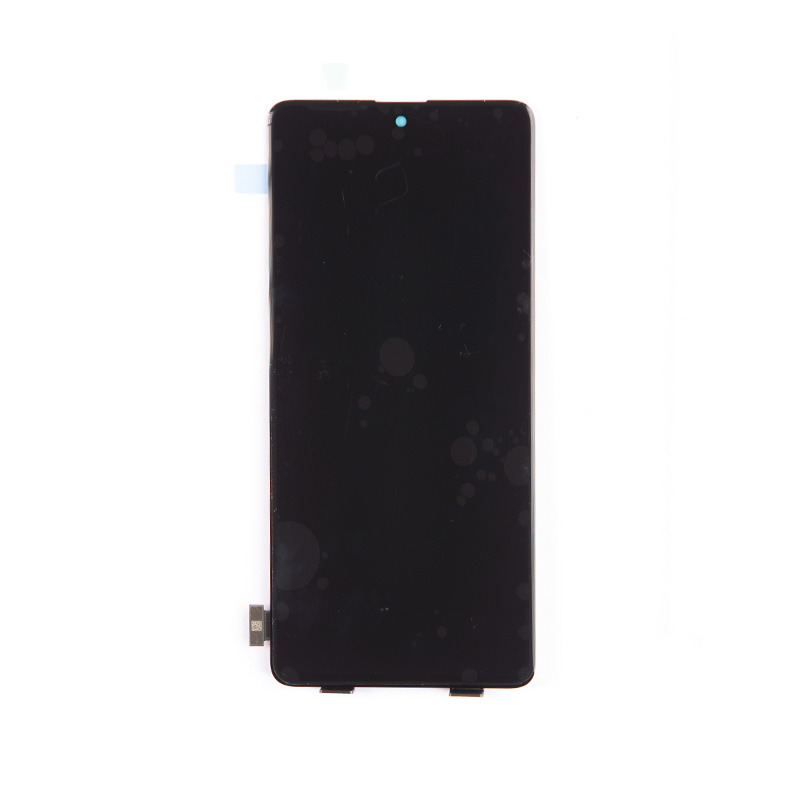Understanding the Cell Phone LCD Screen: What You Should Know
2025-04-14
In today’s digital age, the screen is the most important part of your smartphone. It’s how you interact with your apps, watch videos, read messages, and browse the web. Among the many types of phone displays, the LCD screen remains one of the most commonly used technologies. But what exactly is an LCD screen, and why does it matter?
What is an LCD Screen?
LCD stands for Liquid Crystal Display. This type of screen uses liquid crystals that are illuminated by a backlight to display images. The crystals do not emit light themselves, so they need an external source — typically LED lights — to make the image visible. This backlight allows LCD screens to be bright and readable, even in direct sunlight.
LCD screens are known for delivering sharp, clear images with natural color tones. They are also more affordable to produce compared to other display types, such as OLED. That’s why many mid-range and budget smartphones use LCD screens.
Benefits of LCD Screens
One of the biggest advantages of LCD screens is their durability. They are less prone to burn-in issues, which can occur with OLED displays. This makes LCDs a good choice for users who keep their phones for several years.
Another benefit is visibility. LCD screens often offer excellent brightness, making them ideal for outdoor use. They also typically display colors in a more natural and balanced way, which some users prefer for reading or watching content.
Types of LCD Screens
There are different types of LCD screens, with the most common being TFT (Thin Film Transistor) and IPS (In-Plane Switching). TFT LCDs are cheaper but have narrower viewing angles and less accurate colors. IPS LCDs, on the other hand, offer better color accuracy and wider viewing angles, making them a more premium option within the LCD family.
Common Issues and Repairs
Like any other part of a phone, LCD screens can get damaged. Cracks, dead pixels, discoloration, or touch response issues are all signs that your screen may need repair or replacement. The good news is that replacing an LCD screen is usually less expensive than replacing OLED displays.
However, it’s important to choose high-quality replacement parts. Low-grade LCDs might not deliver the same visual experience and could reduce the overall performance of your device.
Conclusion
The cell phone LCD screen plays a vital role in your everyday mobile experience. It’s the window to everything you do on your device. With its combination of affordability, durability, and quality performance, the LCD screen continues to be a reliable choice for smartphone users around the world.
Whether you're buying a new phone or replacing a damaged screen, understanding the basics of LCD technology can help you make a smarter decision. It’s more than just a display — it’s your connection to the digital world.



